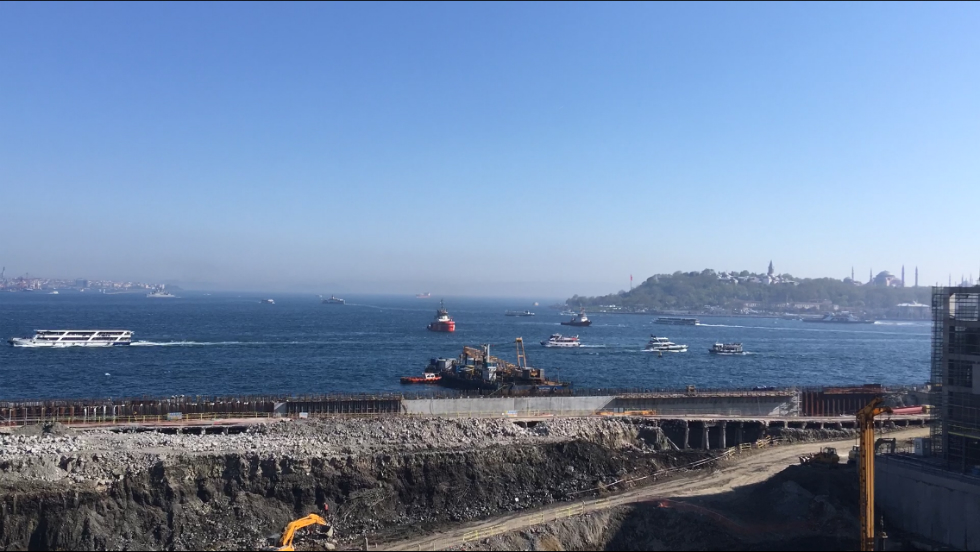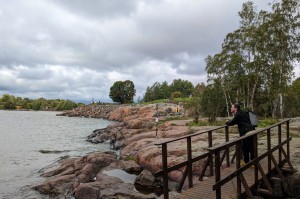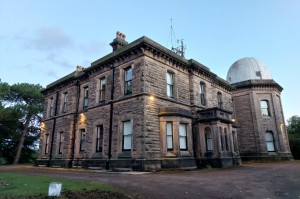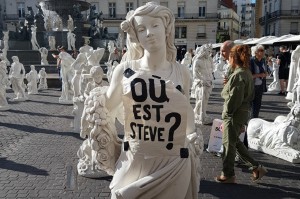Field Trip: “Sweetness overlaying toxicity” — Istanbul, Turkey

Laura Robertson recalls a disorientating visit to Turkey’s ancient city during a time of crisis…
Your hotel room overlooks an enormous crater. It’s where Istanbul Modern art gallery used to be. Some giant hand scooped it out, its nails scraping a hole for something else – another hotel, a shopping mall. Tiny men in high vis clothes freckle the site; you’re reminded of Fraggle Rock. One slowly ascends a spindly crane as if it were the mast of a ship; 100 feet of nothingness below, and beyond that, The Bosphorus. Frothy with criss-crossing tug boats, cargo ships, ferries, twinkling with lights. How often do they collide? The grey strait is shouldered by two continents; your window frames Asian Turkey on the left, European Turkey on the right, spiny with minarets and skyscrapers, hugging the view. Dead ahead, the neck of the bay extends into mist; the Marmara Sea is there but you can’t see it. The water slams over the crater’s fortified wall. Traffic hisses.
You walk under terracotta roofs, mosque domes and castle walls. Graffiti. Cafes and tulip-lined boulevards. Women are in leggings and boots and duffel coats, but you’ve brought a suitcase full of summer dresses. The call to prayer doesn’t help keep track of time, it confuses you; a high crackle cutting through conversations and phone calls and car rides, making the day feel shorter. You are astonished at how busy it is. It feels like a gateway, because it is; zooming out to a thin bridge between Turkey and Bulgaria. The flags remind you where you are: glorious primary red draping from windows, wind-whipped and plastered to food stalls and offices and your hotel. Half of the flags feature the President, looking up to the light. Insulting him carries a four year jail term.
The artist you’ve come here to meet talks about a time of crisis. Domestic aggression. No hope for the future. Of useless, redundant activity and of restlessness. Something’s wrong in his artwork – sweetness overlaying toxicity. He shows you a film of hands washing roses, repetitively, and you imagine the stench of the dead; in another, a woman boddles about in her living room, which turns out in the end to be housed within an MDF house nailed precariously onto a ramshackle boat; his photograph of a performance of a protest transforms into a real riot, and gallery visitors avert their eyes. There’s no safety or reassurance in his work, only illusion. He doesn’t care if he goes to jail, he says, they may come for him.
On your last day, the heat hangs in a haze over the bay. There are just as many ships out today, even more, little fishing boats too, and you think about what the fishermen catch to eat or sell. It looks dangerous. The flag flaps against the pane. The crane lifts a bunch of tied steel rods majestically into the air and across your view, sweeping the site below. The ceaseless buzzing and clanging. The chaos, the people, busy working and busy always, the city spreads out. Sea birds swoop, hang on a gust as if paused, feathers tremble; drop. The taxi arrives and you speed past flickering images, your Istanbul zoetrope: scuffed telephone boxes shaped like jumping dolphins; a bike store beneath an underpass, where women in black niqab stand next to pink tricycles and Treks; crumbling ramparts pockmarked with age; Nutella adverts and fashion models; terraces decorated with potted greenery; empty apartment blocks covered with orange tarpaulin, shaped like toast racks; a shipyard, dry boats stacked up high, a moored ferry; “Big Boss Lasagne”; huge cherry blossoms lining the motorway. You remember seeing a dusty cat eating a sausage, a lukániko, in the middle of the street, and wonder where all the stray animals disappear to at night.
Laura Robertson





